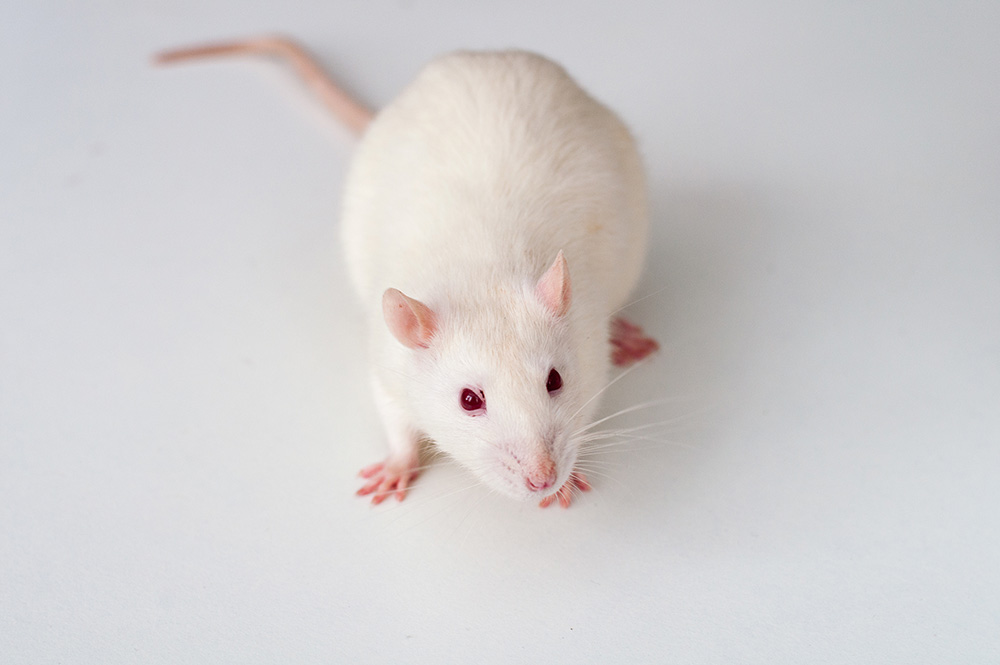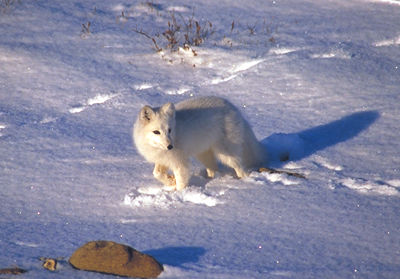Article
American Eel
The American eel (Anguilla rostrata) is an elongated fish with a round body and long dorsal fin. It is one of about 35 eel species found in Canadian waters and the only freshwater eel species found in North America. In Canada, the American eel is treasured and valued as food by many Indigenous peoples, including the Mi’kmaq, Innu, Abenaki, Haudenosaunee and Cree. Common names for the American eel include Atlantic eel, common eel and freshwater eel. Indigenous peoples in Canada have their own names for eel. For example, the Mi’kmaq call the eel katew (singular) and kataq (plural) while the Cree refer to it as kinebikoinkosew. Eels are fished recreationally and commercially in Canada.










